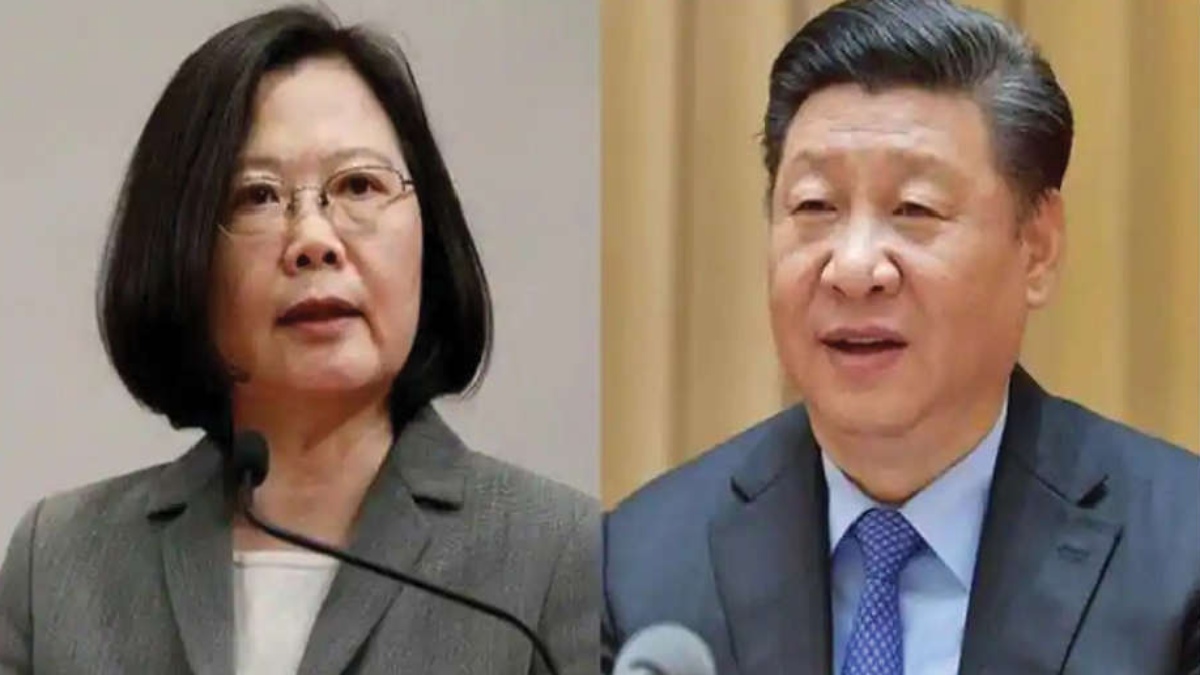


The US and Japan have been deepening their engagement with Taiwan to help guard it against a growing threat from China. The move has out Beijing in tight spot.
J. Michael Cole, writing in The National Interest said that the regime in Beijing, which continues its effort to isolate Taiwan internationally, is now in the difficult position of having to express its discontent over coronavirus response while avoiding overreaction that could create the rationale for even closer relations between Taiwan and other countries. Taiwan has had a fairly positive past month in terms of its engagement with, and support by, regional partners.
Beijing’s setbacks began back in April, with the joint statement between US President Joe Biden and his Japanese counterpart, Prime Minister Yoshihide Suga, which “underscore[d] the importance of peace and stability across the Taiwan Strait and encourage the peaceful resolution of cross-Strait issues.”
Such direct reference to Taiwan by a Japanese prime minister had not been heard for more than half a century, reported The National Interest. This was followed the next month by a similar statement, this one by President Biden and South Korean President Moon Jae-in, which again “emphasise[d] the importance of preserving peace and stability in the Taiwan Strait”.
The unprecedented reference to Taiwan by a South Korean leader also signalled those countries within the region were becoming increasingly alarmed with China’s destabilising behaviour—particularly the high number of intrusions by aircraft from the People’s Liberation Army Air Force and Navy into Taiwan’s southern Air Defense Identification Zone (ADIZ), wrote Cole.
Four days before the Biden-Suga joint statement, a total of twenty-five PLA aircraft–14 J-16 multi-role fighters, four J-10 multi-role fighters, four H-6K bombers, 2 Y-8 anti-submarine planes, and one KJ-500 airborne early warning and control plane–entered Taiwan’s ADIZ, a new high since the PLA began intensifying its military activity in the region in 2020, reported The National Interest.
But now, China is in a tight spot as Taiwan is receiving more attention from allies. One strategic mistake Beijing may have committed earlier this year was its refusal to reduce its military activity around the Taiwan Strait during the transition period in Washington, wrote Cole.